NATURAL STONE: BLUESTONE
Bluestone is a natural stone. It is a blue-gray sandstone, consisting of a mixture of sand compound and quartz particles. Bluestone has been quarried in the USA since the early 1900’s, particularly in the regions of New York and Pennsylvania. Bluestone is a natural fit for Long Island landscapes and stonework.
The word bluestone was originated from the building and trade industries to describe and refer to the popular stone. It does however have a technical term. Bluestone’s geological term is, ‘feldspathic sandstone’, meaning finely-grained arkosic sandstone. But we'll just call it Bluestone.
Bluestone Comes in a selection of colors and textures. Here they are:
NATURAL CLEFT FULL COLOR
This most raw and natural state of bluestone is often the most beautiful. With colors ranging from blues to greens to brown and rust as well as a lilac color. The texture is also full of personality. Having been split instead of sawn to is final thickness it comes with bumps and veins and all those "imperfections" which make this stone just Perfect! However if you are the type that likes no irregularities and doesn't do well with surprises...... well then this stone is not for you, keep reading....
NATURAL CLEFT BLUE/BLUE
Now we are starting to get a little more uniform. In color anyway. This stone has the same bumpy, veiny natural surface as it full color counterpart, but the stone has been specially selected to have as small a range of color as possible. So if you like your stone in any color as long as that color is blue but has a rugged texture this is the one for you. The colors will sometimes be completely monochromatic almost concrete in appearance,but remember, this is nature we are dealing with and if it wants to dish out many many shades and hues of blue, then thats what you are going to get. If you dislike a rugged natural surface texture or feel it may be somehow inhibitive for easy mobility then read on....
FULL COLOR THERMAL
This stone is where we start to mix the old with the new. Instead of being split from giant blocks of stone to get its thickness, the giant blocks are sawn to a very uniform thickness and then the "Thermalling" takes place. Very hot torches pass over the top surface of the stone, burning off a tiny layer of stone. This leaves a very uniform stippling on the surface. Not that we are saying this is a categorically better option for non-skid properties than the natural cleft, but it could be argued. The only real variation you will have with this option is in its colors. The same range of blues and greens etc. will be present and because the finish evens things out on the surface the colors will often look wavy, as pictured. So if you are very conservative but want to show a little recklessness, stop here. Otherwise proceed....
BLUE/BLUE THERMAL "PREMIUM BLUESTONE"
So if you have read this far you probably like complete uniformity with virtually zero irregularities. Or you just don't like surprises. Blue blue thermal is very consistent in color with only tones and hues of blue. Oh, and the thermal finish evens things out even more. Often you will see this stone specified on contemporary designs for it sleek, clean look. Yes this is your "safe" option.
IN CONCLUSION
Bluestone, regardless of its texture or color still remains not only an aesthetic marvel of hardscaping design, but provides a durability and wearability that will last many lifetimes when installed properly. Case in Point: many of the Villages on Long Island had incorporated bluestone in their design for sidewalks and other pavements. These were installed in some cases in the 19th century. They still look good!!!! A little worn and weather beaten but all to their credit. How many other materials can say that? Happy reading and come in anytime for a real look at all of these options in person. We insist!








